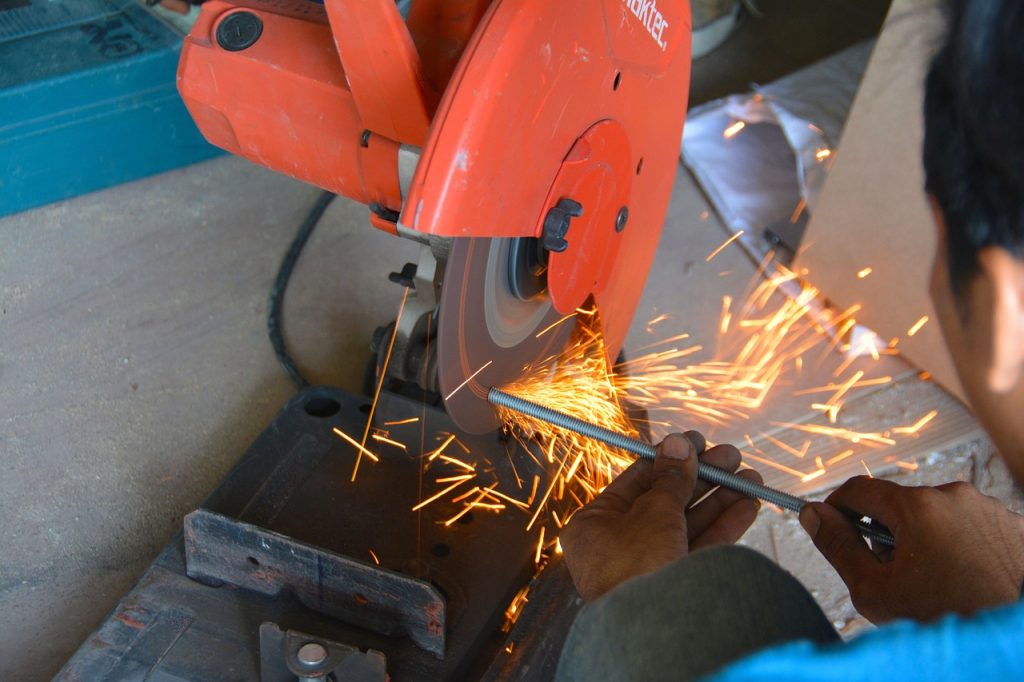Fiberglass cutting formula for newbies
Fiberglass can be used in different sectors. It needs to be cut to make a different shape. There are many ways to cut fiberglass.
Are you newbies? Learn the ways to cut fiberglass in the correct procedure.
Formula
3M Pounding circles are accessible in 5 and 7 inch distances across. As crushing circles serve distinctive capacities depending on their backing, coat, and rough fabric, a direct to circles in is arrange.
3M 280C Open Coat crushing circles are accessible in grades 16-36, ruddy in color with a tough fiber backing. These plates are planned for paint expulsion and metal work. They stand up to stacking on acrylics and are fabulous for fiberglass pounding.
1. Understand your cutting tools.
When it comes to cutting fiberglass, it is essential to understand your cutting tools to achieve the best results. Fiberglass is a strong and durable material, but it can also be tricky to cut, especially if you are new to the process. Knowing the different types of cutting tools and their functions is crucial to ensure precision and accuracy in your cuts. Some common cutting tools used for fiberglass include saws, rotary cutters, and shears.
Each tool has its unique advantages and disadvantages, and choosing the right tool for the job can make a significant difference in the outcome of your project. Before you start cutting, take some time to research and understand the different cutting tools available and their specific uses to ensure that you select the best tool for your project.
2. Consistency is key.
In the world of fiberglass cutting, consistency is key. As a newbie, it’s important to understand that cutting fiberglass is a precise process that requires attention to detail and a steady hand. To achieve the desired results, it’s crucial to develop a consistent approach to cutting, measuring, and shaping the material.
This means using the same tools, techniques, and measurements for each cut to ensure that each piece is identical. By maintaining consistency throughout the cutting process, you can avoid errors and inconsistencies that can lead to wasted material and time-consuming rework.
3. Safety precautions should be taken.
When it comes to working with fiberglass, safety precautions should be taken at all times. Fiberglass can release particles and fibers that can cause irritation and even long-term health issues if inhaled or come into contact with your skin. It is essential to wear protective clothing, including gloves, long sleeves, pants, and a respirator, when cutting fiberglass.
Additionally, it is recommended to work in a well-ventilated area or use a ventilation system to minimize exposure to particles and fibers. Failure to take proper safety precautions can result in serious health consequences, so it is crucial to prioritize safety when working with fiberglass.
4. Practice on scrap material first.
Fiberglass cutting can be a tricky business, especially for newbies. One of the most important tips for beginners is to practice on scrap material first. This will help you get a feel for the cutting process and how much pressure to apply. It will also give you a chance to experiment with different cutting tools and techniques without the risk of ruining your actual project.
By practicing on scrap material, you can make mistakes and learn from them without the added pressure of having to get it right the first time. Additionally, practicing on scrap material will help you identify any potential issues with your cutting tools, such as dull blades or improper settings. So, before you start cutting into your actual fiberglass, take the time to practice on some scrap material first.
5. Maintain your cutting tools properly.
When working with fiberglass, it’s important to have the right tools for the job. This includes cutting tools like scissors, knives, or saws. However, even the best cutting tools will become dull over time with regular use. That’s why it’s essential to maintain them properly to ensure their longevity and effectiveness.
Whether you’re working on a small DIY project or a larger professional job, understanding the basics of fiberglass cutting will help you achieve the results you’re looking for.
- Sharpe it : The sharpest cutting tools will eventually become dull, so it’s important to sharpen them regularly. Invest in a sharpening stone or a sharpening tool to keep your cutting tools sharp.
- Oil moving parts: If your cutting tool has moving parts, such as scissors or pliers, add a drop of oil to the pivot point to keep them lubricated and moving smoothly.
- Store properly: When not in use, store your cutting tools in a dry place to prevent rusting or damage.
- Replace: Keep them in a protective case or sheath to prevent accidental cuts or damage to the blade. Replace them when necessity.
In conclusion, cutting fiberglass can be a daunting task for newbies, but with the right tools and techniques, it can be done efficiently and effectively. Remember to wear the appropriate safety gear, use a sharp blade, and take your time to make precise cuts. If you’re still unsure about the process, seek out guidance from professionals or experienced individuals in the field. With practice and patience, you’ll soon become a pro at cutting fiberglass.



